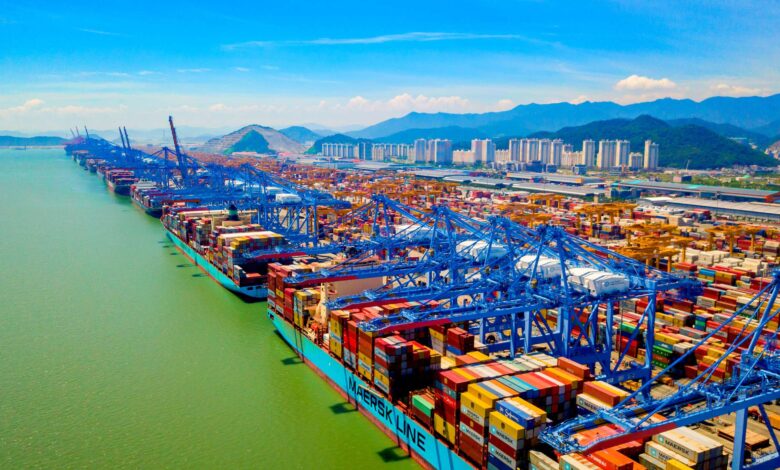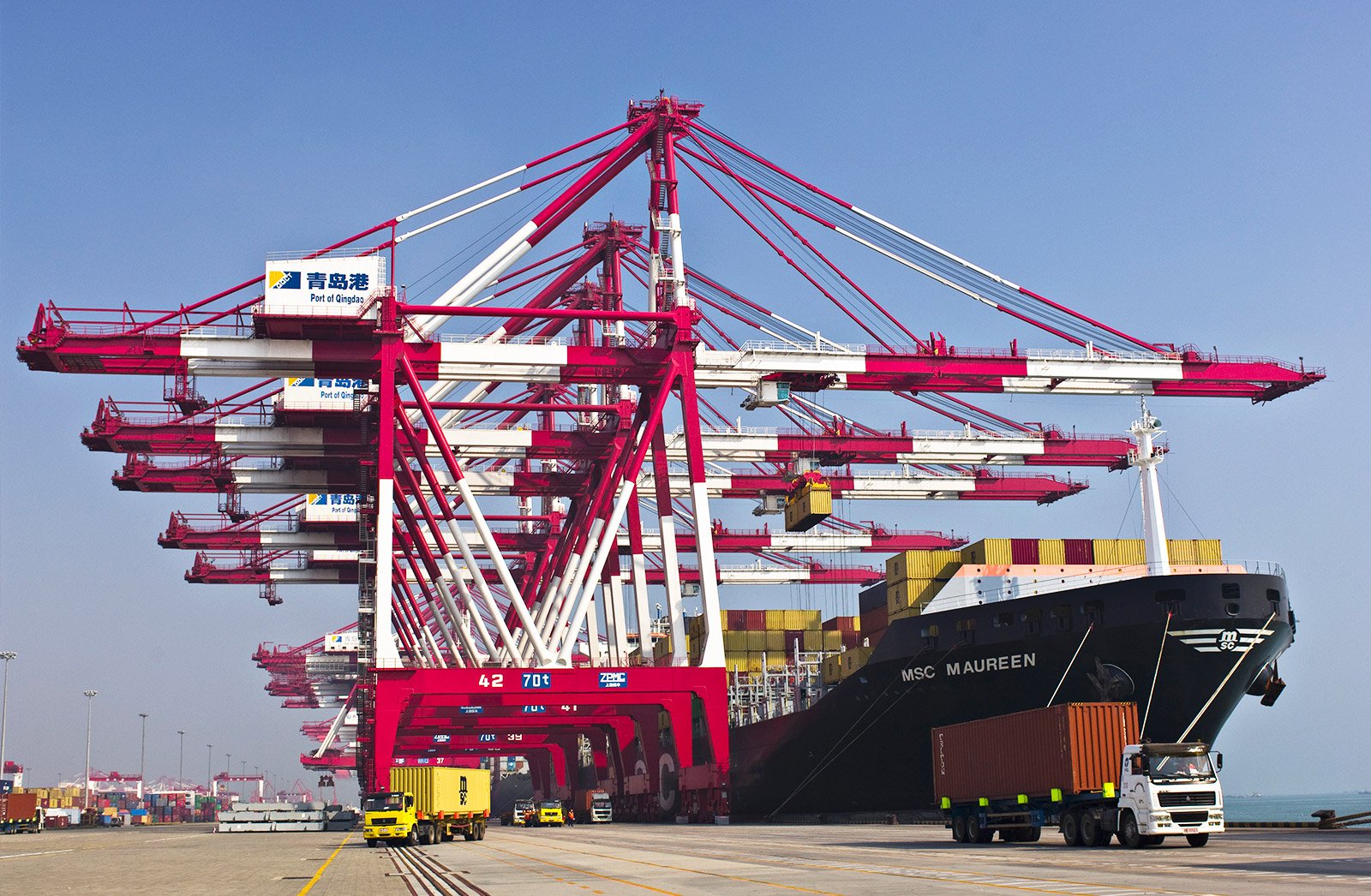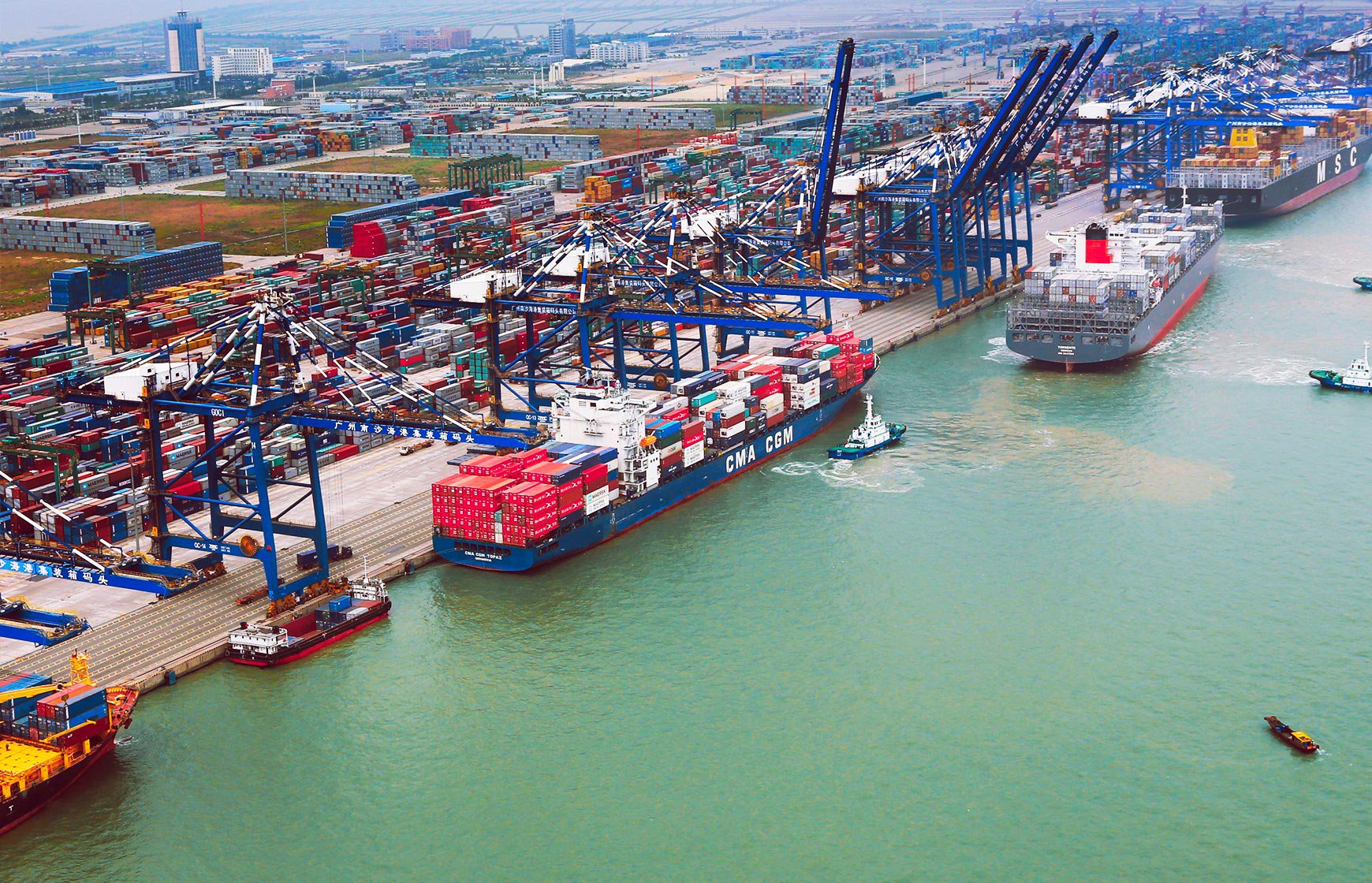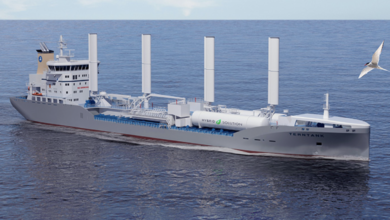Sea -Intelligence : 13 million TEU too many

Sea-Intelligence wondered what would happen to global equipment if suddenly the bottlenecks and logistical difficulties were to be resolved
The global container fleet reached 50 million TEU in 2021
Over the past 2 years, congestion in the supply chain has led to a significant extension of the transportation time, not only in relation to the ocean-side delays but also in relation to inland congestion and delays. Sea Intelligence reported
When the supply chain gets longer, there will naturally be a need for more containers, simply because each container is needed for a longer period of time. Conversely, this also means that once the supply chain normalizes, there will be a release of a significant number of containers, which are no longer needed.

To quantify that, in issue 564 of the Sunday Spotlight, we looked at the data provided by Hapag-Lloyd and matched the transported cargo volume and the equipment fleet over a longer period of time. This all comes with the caveat that Hapag-Lloyd’s operational performance in relation to their equipment is taken as a proxy for the entire market.
We started the analysis by looking at the development in both the size of the equipment fleet as well as the number of transported containers over the past 12 years. This was followed by calculating the equipment efficiency, by looking at how many full loads of cargo were moved per container in the equipment fleet.

From 2010-to 2014, the effectiveness of the equipment fleet is relatively constant at 1.3 loads per container per quarter, followed by a lot of volatility in 2014-2017, and stabilizing again at an average of 1.18 full loads per container in 2018-2019. In 2020-2022 we see the effectiveness decline significantly to 0.95 loads per container in 2021-Q4, slightly improving to 0.98 in 2022-Q1.
Contemplating the normalization of the supply chain, in 2022-Q1, Hapag-Lloyd needed an equipment fleet of just over 3 million TEU to move their cargo. If the supply chain bottlenecks were removed now, Hapag-Lloyd would need 17% fewer containers in their equipment fleet, compared to what they have presently. If this is representative of the global market, there would be a need for 17% fewer containers than what we currently have.

Considering the declining trend, Sea-Intelligence wondered what would happen if suddenly all the critical issues and bottlenecks that led global carriers to stock up on boxes were resolved. The answer given regarding Hapag Lloyd is that the company could do without about 17% of its equipment.
Considering that the global capacity now on the market is estimated at around 50 million TEU, and imagining an excess quantity of 17% for the other operators as well, he calculated that the excess equipment would touch 8.5 million I Tue. A figure that would rise to 13 million also considering the 4.5-4.8 million TEU of container capacity that will be delivered during 2022.
Sea‑Intelligence is a leading provider of Research & Analysis, Data Services, and Advisory Services within the global supply chain industry, with a strong focus on container shipping.
Combining strong quantitative analytical skills with a deep understanding of the supply chain industry, based on many decades of experience at all central parts of the Ocean supply chain, Sea‑Intelligence supports customers across all stakeholder groups.














